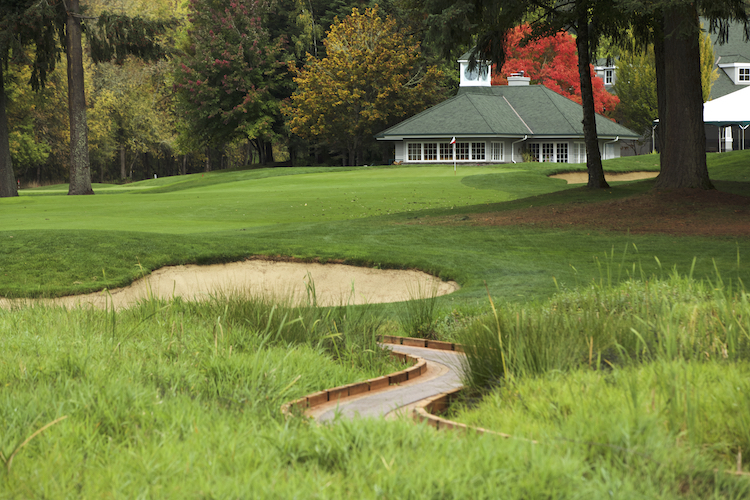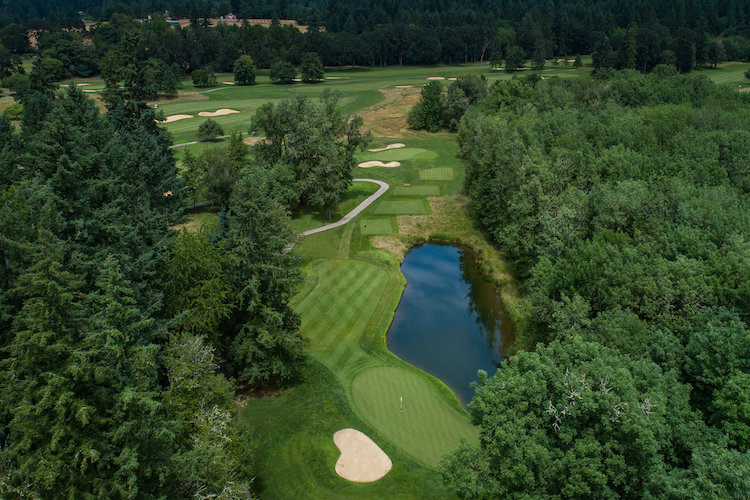Take the first step towards Membership
Witch Hollow
Considered among the nation's best classic-style courses, Bob Cupp designed the par-72, 7,017-yard Witch Hollow course to blend harmoniously with its natural surroundings in the shadows of the Cascade Mountains. Woven through a tapestry of fir, maple, oak and ash trees with dramatic views of the Tualatin Hills, the course's undulating fairways, wide manicured greens, numerous wetland areas and variety of ponds, lakes and streams add to the layout's mystical allure and beauty.


Witch Hollow was named by Golf Digest the "#2 Best New Private Course in the U.S." when it opened in 1992, and continues to garner national acclaim thanks to its imaginative design and superb conditioning. In 1996, Tiger Woods brought notoriety to Witch Hollow when he won his unprecedented third consecutive U.S. Amateur Championship in a dramatic come-from-behind finish over Steve Scott.


To become a Member and make Witch Hollow your own private golf escape, inquire here:
